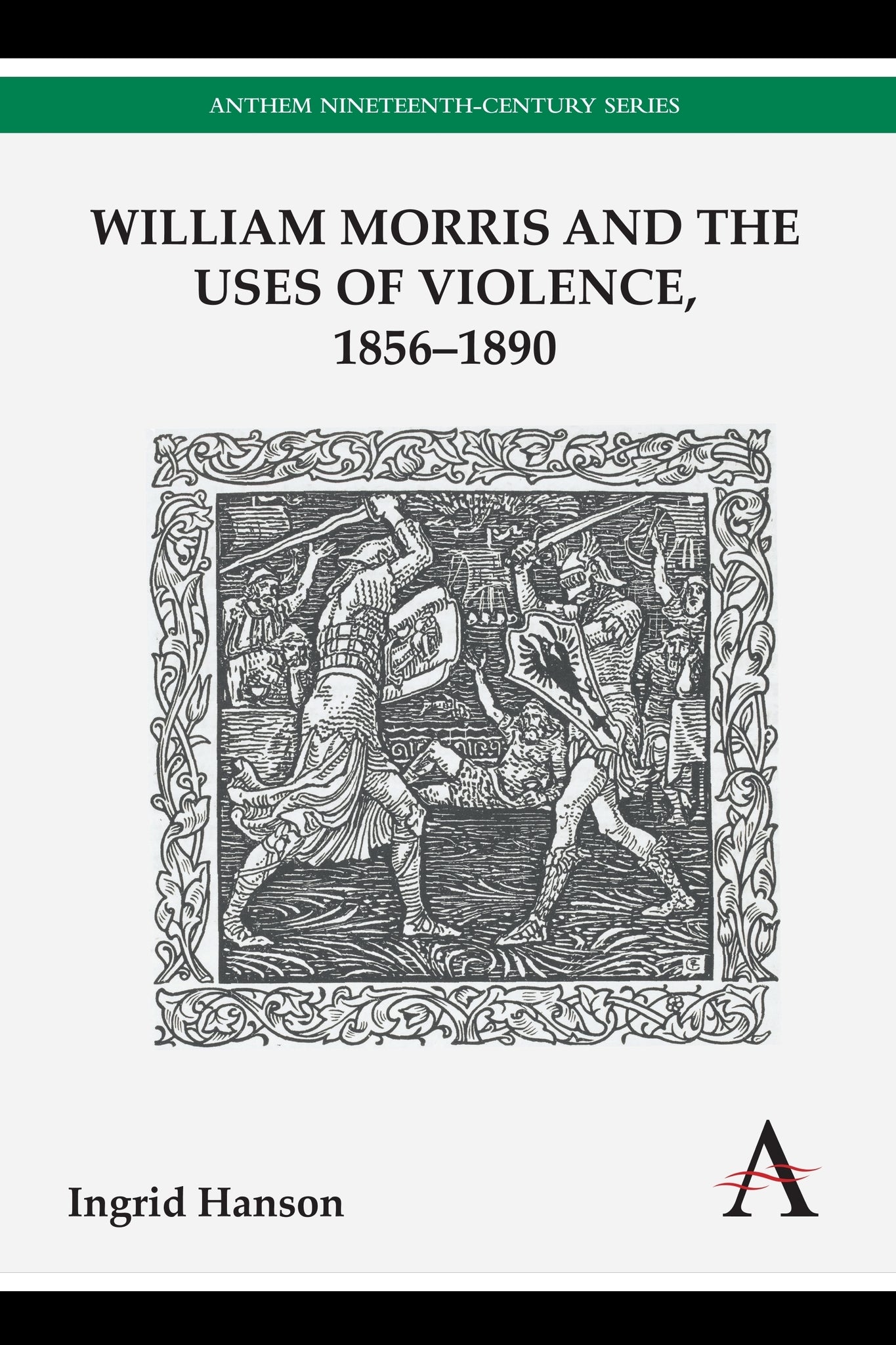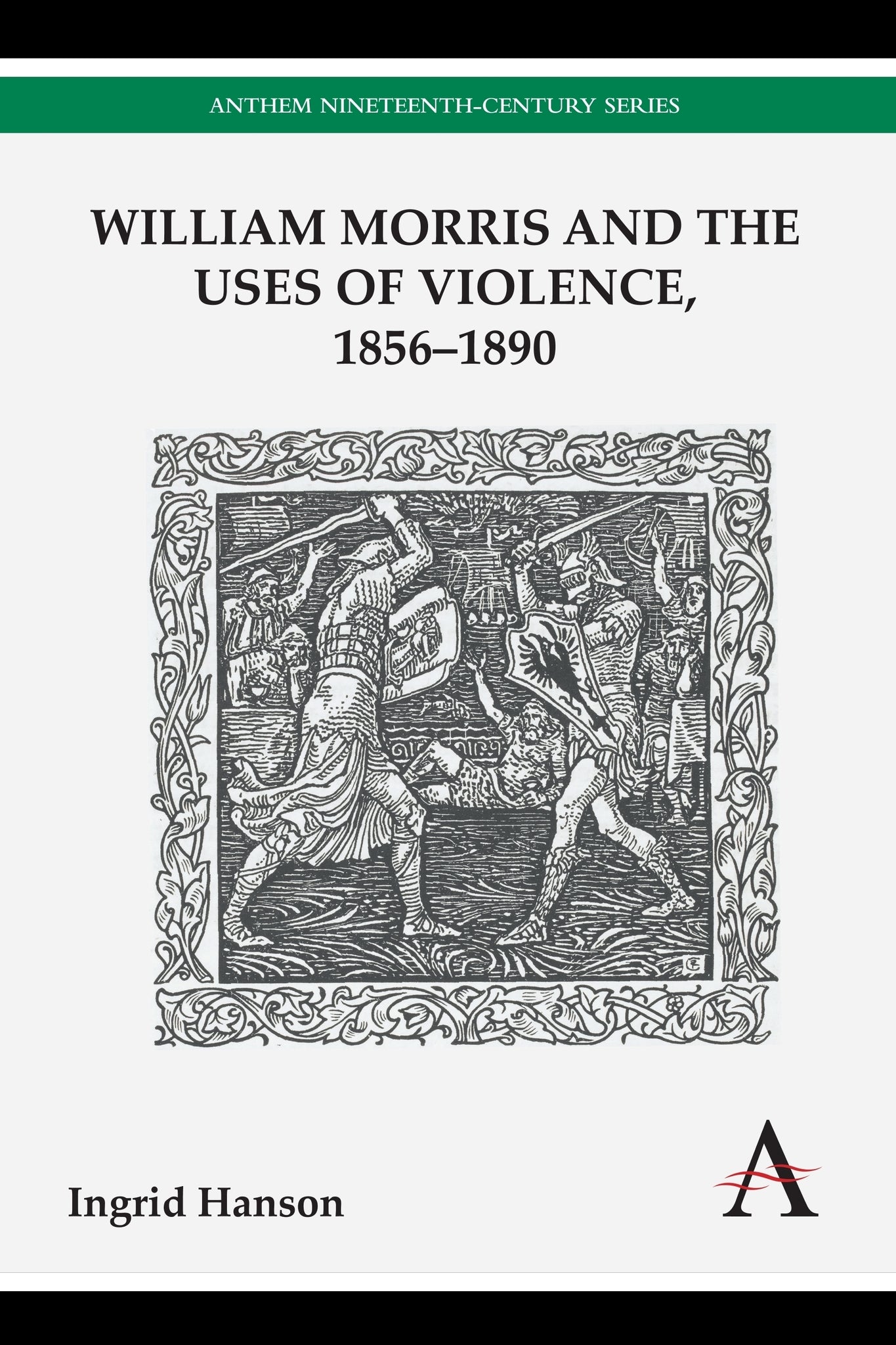We're sorry. An error has occurred
Please cancel or retry.
William Morris and the Uses of Violence, 1856–1890

Some error occured while loading the Quick View. Please close the Quick View and try reloading the page.
Couldn't load pickup availability
- Format:
-
15 April 2013

‘William Morris and the Uses of Violence, 1856–1890’ combines a close reading of Morris’s work with historical and philosophical analysis in order to argue, contrary to prevailing critical opinion, that his writings demonstrate an enduring commitment to an ideal of violent battle. The work examines Morris’s representations of violence in relation to the wider cultural preoccupations and political movements with which they intersect, including medievalism, Teutonism, and the visionary, fractured socialism of the ‘fin de siècle’.

LITERARY CRITICISM / European / English, Irish, Scottish, Welsh, Literary studies: c 1800 to c 1900

‘Hanson’s work is certainly intriguing, bespeaks a careful study of a range of Morris texts, and has a refreshingly unexpected way into texts about which the critical consensus may have been too quick to form.’ —John Plotz, ‘Pre-Raphaelite Studies’
Acknowledgements; Introduction: Warriors Waiting for the Word; Chapter One: The Early Romances and the Transformative Touch of Violence; Chapter Two: Knightly Women and the Imagination of Battle in ‘The Defence of Guenevere, and Other Poems ‘; Chapter Three: ‘Sigurd the Volsung’ and the Parameters of Manliness; Chapter Four: Crossing the River of Violence: The Germanic Antiwars and the Uncivilized Uses of Work and Play; Chapter Five: ‘All for the Cause’: Fellowship, Sacrifice and Fruitful War; Afterword: ‘Hopeful Strife and Blameless Peace’; Notes; Bibliography; Index



